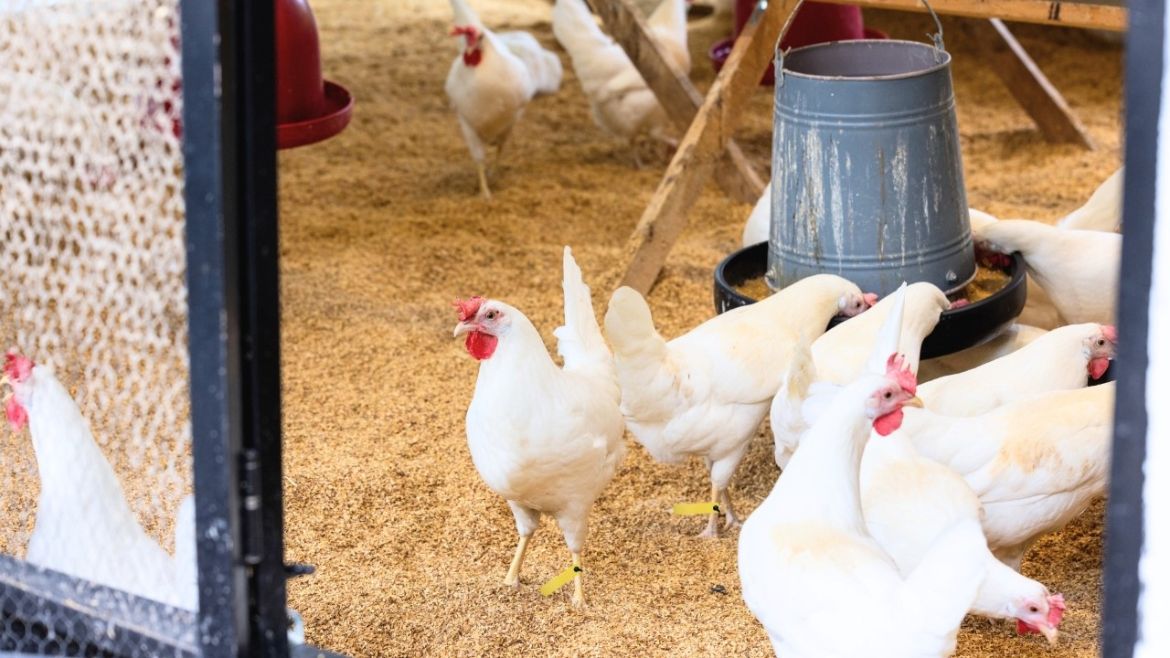The research project "Tag 'n' Track Hens" is currently underway at the University of Rostock, a study aimed at improving the living conditions of laying hens. The key technology in this project is RFID transponders – and this is where HellermannTyton comes in.
Applications of RFID technology in animal husbandry
HellermannTyton supports study to improve the living conditions of laying hens.

Objectives of the study
The project, which consists of a pilot and main study, has three objectives:
- Development of a guide for establishing a monitoring system for breeding poultry: Farmers can benefit from this guide in the future if they want to implement an efficient monitoring system for their poultry farming.
- Documenting environmental influences on hen behavior: The study documents how individual differences in husbandry affect the fulfillment of hens' behavioral and physiological needs. Our RFID technology, in the form of wearable sensors, makes it possible to track in real time how the hens interact with key resources such as waterers, feeders, and nests.
- Development of behavioral indicators for the well-being of the hen: By combining the sensor data with other health data, indicators for the early detection of health problems in the animals can be developed.
What role does HellermannTyton play in this study?
Using the UHF transponder RFID Flextag, the hens are marked on the leg and can be immediately tracked using the receivers in the barn.
"For us, this study provides an exciting insight into the agricultural market, which is new to us. It perfectly demonstrates how versatile RFID tags are in a wide variety of areas and industries."
Ingo Heemeier, Product Manager at HellermannTyton.
The RFID Flextag used here is a labeling element made of soft TPU material and can be easily attached using cable ties. These robust yet flexible tags provide clear identification of objects or locations through unique numbering systems on the RFID chip. The bulk reading of up to 500 transponders per second thanks to the UHF frequency is particularly advantageous for the study.
Using the UHF transponders, the researchers can specifically track how the hens use the available resources. They can track, among other things, how often the hens drink from the waterer or how much or how often they eat. A reader is attached to each of the resources, which can read the transponders and thus track the hens' behavior.
Summary
The Tag 'n' Track Hens project offers a new ethical approach to promoting the welfare of laying hens . It also paves the way for a paradigm shift in the assessment of animal welfare on farms.
Contact our experts here
Would you like to learn more about this topic?
Our experts are always available to help and answer your questions.

